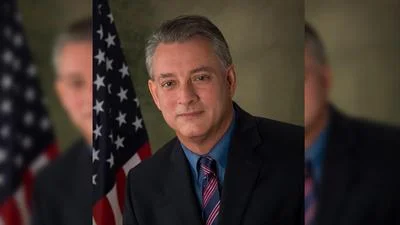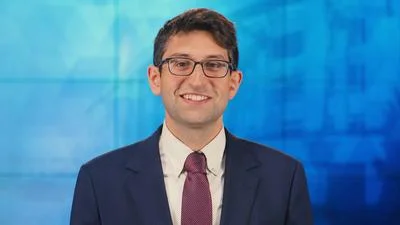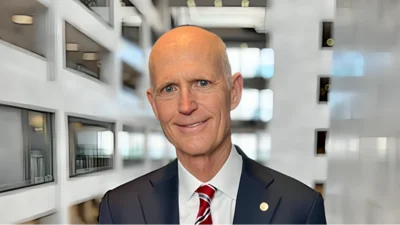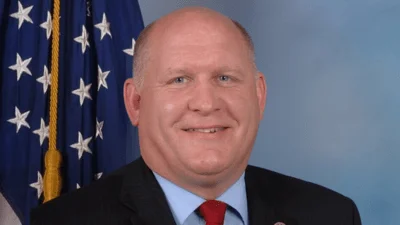Dear Mr. Dodaro:
We write to request an examination by the Government Accountability Office (GAO) of the response to the Department of Labor’s (DOL’s) 2016 Fiduciary Rule (2016 Rule) by the financial services industry and what has occurred since it was overturned. Today marks the one-year anniversary of the Fifth Circuit issuing its Order to vacate in toto[1] the DOL’s 2016 Rule, including the Best Interest Contract (BIC) and the related prohibited transaction exemptions.[2] DOL chose not to appeal and issued a Field Assistance Bulletin (FAB) to help industry understand its obligations and to communicate the DOL’s decision not to enforce the rule and its associated prohibited transaction exemptions.[3] Specifically, the FAB included a “non-enforcement policy" and specified that DOL would not pursue prohibited transaction claims against investment advice fiduciaries. In the past year, DOL appears to have done little, if anything, to warn retirement savers that they are now vulnerable to professionals who, according to DOL, have no obligation to put their clients’ interest before their own.
The Employee Retirement Income Security Act of 1974 (ERISA) established the concept of a retirement plan fiduciary over 40 years ago. ERISA provides that certain actions or functions confer fiduciary status on an individual or entity. Section 404 of ERISA explains the basic requirements of an ERISA fiduciary through the “prudent man" standard of care.[4] These requirements essentially dictate that a fiduciary of a defined contribution plan should offer a prudent menu of investments that are competitive in terms of fees, and that are free from conflicts of interest, as should the information or advice provided to plan participants.
ERISA became law when the retirement landscape consisted largely of defined benefit plans and before the widespread adoption of 401(k) plans and the technologically- and regulatory-driven explosion of new financial products. In particular, Individual Retirement Accounts (IRAs), originally established as a supplemental savings vehicle, have accumulated trillions of dollars more in assets than 401(k) plans, partially due to guidance and marketing favoring IRAs, as documented in your earlier report, “Labor and IRS Could Improve the Rollover Process for Participants."[5] In 2016, the DOL sought to modernize the definition of a fiduciary by finalizing a “conflict of interest" rule that took into account these dramatic changes. Understanding the 2016 Rule’s significance and the likelihood that it would soon be operational, many financial services firms took considerable action to comply in advance. Some firms believed that the rule included many commonsense changes that were long overdue, particularly with regard to the provision of investment advice. These firms revised their operations significantly, in some cases spending millions of dollars. After being upheld a number of times in various courts,[6] the U.S. Court of Appeals for the Fifth Circuit unexpectedly vacated the DOL’s rule in 2018, creating uncertainty and confusion for the financial services industry and the retirement world generally.[7]
Today, plan sponsors, financial services professionals, and investment advisors must decide whether to retain the new policies and procedures they developed, often at considerable expense, in response to the 2016 Rule. One unclear alternative was to revert to the pre-2016 ways of doing business, restoring harmful conflicts of interest that had previously been eliminated to comply with the 2016 Rule. Additionally, the Securities and Exchange Commission (SEC) recently promulgated a rule covering investment advice in the retail market. While the SEC rule does not immediately implicate retirement plans, Secretary of Labor Alexander Acosta has indicated that DOL will collaborate with the SEC to issue a new fiduciary rule later this year, which may exacerbate the confusion. Meanwhile, plan participants may experience difficulty in understanding the various duties owed to them by those giving retirement advice and may be receiving conflicted advice. In light of these challenges, we would like GAO to address the following questions:
We appreciate GAO’s assistance with this study. If you have any questions concerning this request, please contact Kevin McDermott, Senior Labor Policy Advisor for the House Education & Labor Committee, at (202) 225-3725, and Kendra Isaacson, Senior Pensions Counsel for the Senate HELP Committee, at (202) 224-6572.
Thank you for your attention to this matter.
Sincerely,
ROBERT C. “BOBBY" SCOTT
Chairman, House Committee on Education & Labor
PATTY MURRAY
Ranking Member, Senate Committee on Health, Education, Labor & Pensions









